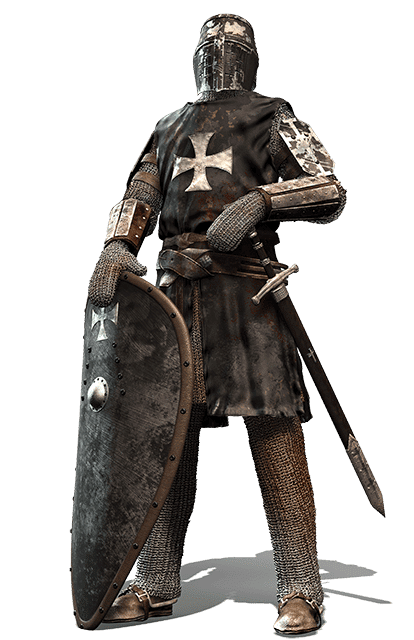
The Knights of Malta were a religious Roman Catholic and military order under its own Papal charter, which was established in the 11th century. The group was founded by Amalfian merchants in Jerusalem as a monastic order that ran a hospital to tend to Christian pilgrims in the Holy Land. The Knights primary mission was to provide care for the sick, poor, or injured pilgrims returning from the Holy Land.
In 1530, after long moving from place to place in Europe, Pope Clement VII did an agreement with Charles V of Spain – the ruler of Malta as King of Sicily, to provide the knights permanent home on Malta, Gozo, and the North African port of Tripoli.
The Ottomans weren’t happy to see the Knights re-established and developing in Malta and Tripoli, after allowing them to escape their previous stronghold of Rhodes. The Ottoman forces attacked Birgu and Fort St. Angelo, but soon they realized it was too well-fortified to be taken easily.
They decided to take Mdina instead, but the city was also up in arms and an attack was decided against.
Meanwhile, their fleet that lay anchored at Marsamxett harbour was under attack from relief forces. Changing plans again, the Ottomans attack Gozo and its Citadel. Although also heavily fortified, they took control over the island.
Knowing that it wouldn’t be long for the Ottomans to try and take Malta again, the Knights set out to fortify Fort St. Angelo and built Fort St. Michael and Fort St. Elmo across the harbor.
Till 1565 the Knights still hoped to one day recapture Rhodes, but the Great Siege made them decide to stay in Malta and build a stronghold there. They recognized that the location could be a strategic value.
They built various structures as part of major projects, most notably:
During the 18th century, the Knights successfully obtained sovereign rule over Malta, cutting themselves loose from the Kingdom of Sicily.
That sovereign rule only lasted a few decades, with the rise of power of Napoleon and the growing dislike of the Knights among the Maltese.
Napoleon managed to seize Malta in 1798, with little resistance from the Knights, although the French themselves were ousted by Maltese revolutionaries who received support from Great Britain. Although the Knights tried to regain control, Malta became a colony of the British Empire officially in 1813.